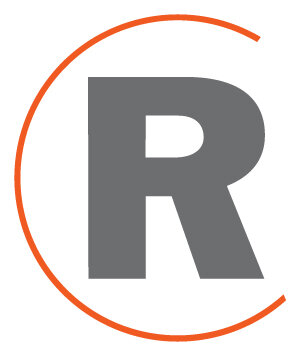ROSENTHAL REPORTS
IF THE OPIOID LAWSUITS PRODUCE A FUNDING WINDFALL, WE MUST BE PREPARED TO SPEND THE MONEY WISELY
We are fighting the opioid epidemic on many fronts, with prevention, education, law enforcement and treatment. The battle is also being waged in state and federal courts, for drug overdose is now the leading cause of death for Americans under the age of 50. Some 37 states and more than 1,500 cities and counties are currently suing the makers and distributors of prescription painkillers for contributing to an epidemic that kills more than 70,000 Americans a year. The cases might well end with an agreement on the magnitude of the massive 1998 financial settlement against tobacco companies, considering that the opioid industry could be worth as much as $35 billion annually by 2025. Such a result could provide funding on a scale needed to help bring the epidemic under control - but only if we have the right strategy and legal agreement.
Prosecutors say pharmaceutical firms including OxyContin-maker Purdue Pharma, played down the addictive risks of these drugs. These false marketing practices duped doctors and patients into believing that opioids were relatively benign, and failed to monitor excessive prescribing and distributions (the companies have denied any wrongdoing). As details of the lawsuits emerge, and the scope of alleged negligence is revealed, these cases resemble those against cigarette makers. In exchange for ending all legal liability, those defendants agreed in 1998 to pay the states a minimum $206 billion over 25 years for lifesaving tobacco control efforts, and continue making annual payments in perpetuity that correlate to the market share of each company.
As we look toward a possible opioid settlement, we’d best recall what happened to all that tobacco money. Unfortunately, the states were not legally required to use the funds for anti-tobacco initiatives. And as a result the vast majority of states diverted the windfall to public works and other projects (funds were even used to subsidize tobacco farmers in North Carolina.) An analysis by the American Lung Association on the 20th anniversary of the agreement found that states today are spending less than 3 cents of every settlement dollar per year on anti-tobacco programs. Only one state funded these programs in 2018 at levels recommended by the Centers for Disease Control. While tobacco use has fallen dramatically since the settlement, much more could have been accomplished.
We must not repeat that mistake. If the opioid cases end with substantial and continuing funding for anti-drug programs, the settlement should contain language that guarantees payments are used for substance abuse initiatives. Programs must focus on prevention, education and early intervention strategies. They must substantially expand access to a broad range of treatment options including long-term residential and behavioral therapy, along with medication-assisted treatment (MAT). The money could be used to establish community-based clinics and treatment facilities in hard hit rural areas, and also in prisons. Funding might also support treatment programs to help private companies provide treatment to job applicants who fail drug tests like the program I helped design for Belden.
The Rosenthal Center has long advocated $100 billion in government funding over the next decade to fight the opioid epidemic, but Congress has only appropriated a fraction of that amount. A substantial opioid settlement might reach the level I believe is appropriate, with those drug makers accused of contributing to the crisis and tragic loss of life paying for a comprehensive and well-organized nationwide effort to end the suffering.

